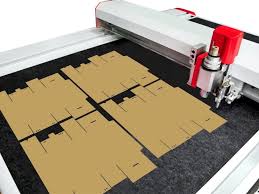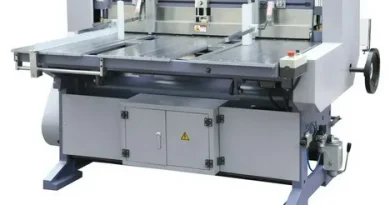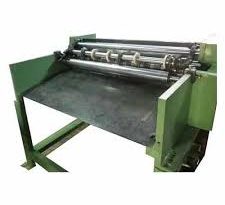Advancing Efficiency in Packaging: The Impact of Cardboard Slitting Machinery
In the realm of industrial packaging, the precision and efficiency of material processing directly influence production outcomes. Cardboard slitting machinery stands as a cornerstone in this process, facilitating the rapid and accurate division of large sheets of cardboard into specified widths suitable for various packaging needs. This article delves into the technological advancements, operational benefits, and future potential of cardboard slitting machinery, underscoring its critical role in the packaging industry.
Technological Advancements in Cardboard Slitting Machinery
Modern cardboard slitting machines are equipped with cutting-edge technology designed to enhance precision, speed, and flexibility. These machines typically feature high-grade, durable blades capable of handling various thicknesses and types of cardboard. Advanced sensor technology and computerized control systems allow for meticulous adjustments in real-time, ensuring consistent quality and reducing material waste. Additionally, many systems now incorporate automated loading and unloading mechanisms, further optimizing the workflow and reducing labor costs.
The Role of Automation
Automation plays a pivotal role in the functionality of cardboard slitting machinery. Automated systems streamline the slitting process, from adjustments in slitting dimensions to the handling and collection of cut materials. This not only accelerates production but also minimizes human error, leading to uniform quality across batches. Moreover, automation allows for continuous operation, significantly increasing output and enabling manufacturers to meet high demand efficiently.
Impact on Production Efficiency
Cardboard slitting machinery directly contributes to enhanced production efficiency by allowing manufacturers to quickly resize large cardboard sheets into precise strips needed for further processing or final packaging solutions. The ability to perform rapid, accurate cuts reduces cycle times and increases the throughput of the entire production line. This efficiency is crucial for industries where packaging customization and speed to market are key competitive factors.
Sustainability and Environmental Impact
Sustainability is increasingly becoming a focus in manufacturing, and cardboard slitting machinery contributes positively in this area. By improving the accuracy of cuts, these machines reduce waste generation, ensuring that more of the raw material is utilized effectively. Some modern slitters are designed to be energy efficient and may use recycled water and minimal lubricants, which helps in reducing the ecological footprint of packaging operations.
Future Trends and Industry Implications
Looking forward, the integration of advanced technologies such as artificial intelligence (AI) and the Internet of Things (IoT) in cardboard slitting machinery is anticipated. AI can be used to predict maintenance needs and optimize blade life, while IoT connectivity could enable real-time monitoring and control, facilitating better predictive maintenance and efficiency. These innovations will not only enhance the capabilities of slitting machinery but also align with broader industry trends towards smart manufacturing and Industry 4.0.
Conclusion
Cardboard slitting machinery is an indispensable tool in the packaging industry, playing a vital role in ensuring materials are processed efficiently and effectively. With ongoing technological improvements and increasing automation, these machines are set to become even more integral to the industry, driving productivity and sustainability forward. As manufacturers continue to seek solutions that combine efficiency with environmental responsibility, the evolution of cardboard slitting machinery will be closely watched and highly valued.



